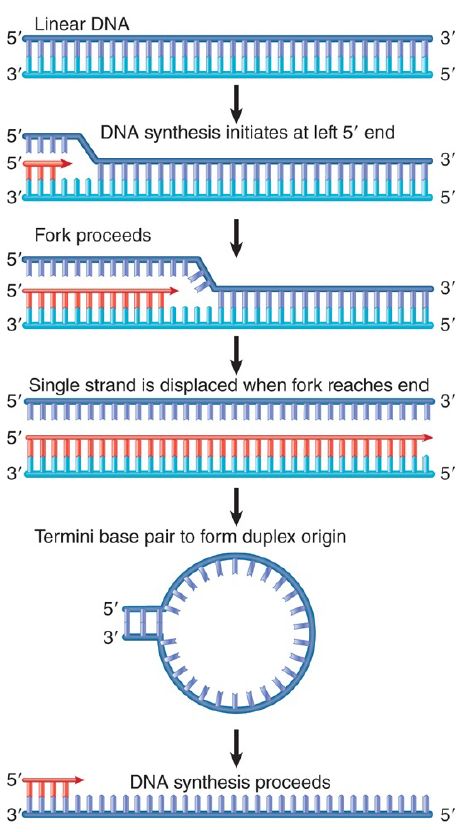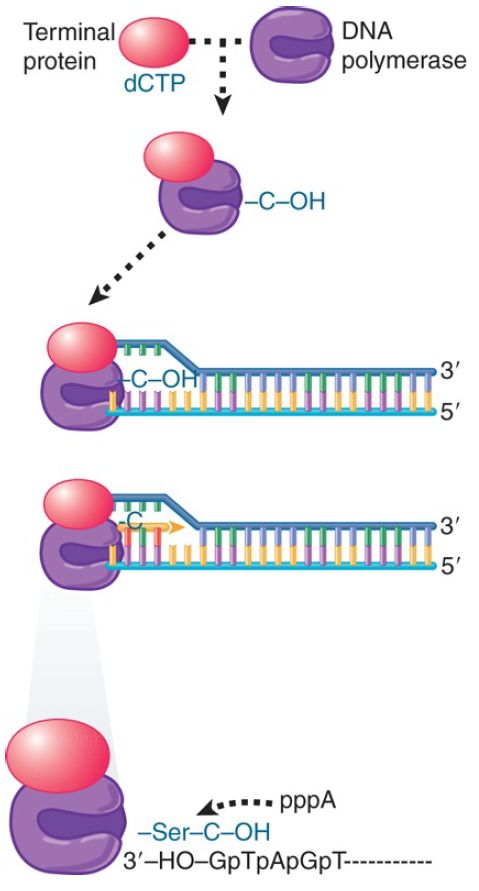

النبات

مواضيع عامة في علم النبات

الجذور - السيقان - الأوراق

النباتات الوعائية واللاوعائية

البذور (مغطاة البذور - عاريات البذور)

الطحالب

النباتات الطبية


الحيوان

مواضيع عامة في علم الحيوان

علم التشريح

التنوع الإحيائي

البايلوجيا الخلوية


الأحياء المجهرية

البكتيريا

الفطريات

الطفيليات

الفايروسات


علم الأمراض

الاورام

الامراض الوراثية

الامراض المناعية

الامراض المدارية

اضطرابات الدورة الدموية

مواضيع عامة في علم الامراض

الحشرات


التقانة الإحيائية

مواضيع عامة في التقانة الإحيائية


التقنية الحيوية المكروبية

التقنية الحيوية والميكروبات

الفعاليات الحيوية

وراثة الاحياء المجهرية

تصنيف الاحياء المجهرية

الاحياء المجهرية في الطبيعة

أيض الاجهاد

التقنية الحيوية والبيئة

التقنية الحيوية والطب

التقنية الحيوية والزراعة

التقنية الحيوية والصناعة

التقنية الحيوية والطاقة

البحار والطحالب الصغيرة

عزل البروتين

هندسة الجينات


التقنية الحياتية النانوية

مفاهيم التقنية الحيوية النانوية

التراكيب النانوية والمجاهر المستخدمة في رؤيتها

تصنيع وتخليق المواد النانوية

تطبيقات التقنية النانوية والحيوية النانوية

الرقائق والمتحسسات الحيوية

المصفوفات المجهرية وحاسوب الدنا

اللقاحات

البيئة والتلوث


علم الأجنة

اعضاء التكاثر وتشكل الاعراس

الاخصاب

التشطر

العصيبة وتشكل الجسيدات

تشكل اللواحق الجنينية

تكون المعيدة وظهور الطبقات الجنينية

مقدمة لعلم الاجنة


الأحياء الجزيئي

مواضيع عامة في الاحياء الجزيئي


علم وظائف الأعضاء


الغدد

مواضيع عامة في الغدد

الغدد الصم و هرموناتها

الجسم تحت السريري

الغدة النخامية

الغدة الكظرية

الغدة التناسلية

الغدة الدرقية والجار الدرقية

الغدة البنكرياسية

الغدة الصنوبرية

مواضيع عامة في علم وظائف الاعضاء

الخلية الحيوانية

الجهاز العصبي

أعضاء الحس

الجهاز العضلي

السوائل الجسمية

الجهاز الدوري والليمف

الجهاز التنفسي

الجهاز الهضمي

الجهاز البولي


المضادات الميكروبية

مواضيع عامة في المضادات الميكروبية

مضادات البكتيريا

مضادات الفطريات

مضادات الطفيليات

مضادات الفايروسات

علم الخلية

الوراثة

الأحياء العامة

المناعة

التحليلات المرضية

الكيمياء الحيوية

مواضيع متنوعة أخرى

الانزيمات
Terminal Proteins Enable Initiation at the Ends of Viral DNAs
المؤلف:
JOCELYN E. KREBS, ELLIOTT S. GOLDSTEIN and STEPHEN T. KILPATRICK
المصدر:
LEWIN’S GENES XII
الجزء والصفحة:
7-4-2021
2912
Terminal Proteins Enable Initiation at the Ends of Viral DNAs
KEY CONCEPT
- A terminal protein binds to the 5′ end of DNA and provides a cytidine nucleotide with a 3′–OH end that primes replication.
An example of initiation at a linear end is provided by adenovirus and Ф29 DNAs, which actually replicate from both ends using the mechanism of strand displacement illustrated in FIGURE 1. The same events can occur independently at either end. Synthesis of a new strand starts at one end, displacing the homologous strand that was previously paired in the duplex. When the replication fork reaches the other end of the molecule, the displaced strand is released as a free single strand. It is then replicated independently; this requires the formation of a duplex origin by base pairing between some short complementary sequences at the ends of the molecule.

FIGURE 1. Adenovirus DNA replication is initiated separately at the two ends of the molecule and proceeds by strand displacement.
In several viruses that use such mechanisms, a protein is found covalently attached to each 5′ end. In the case of adenovirus, a terminal protein is linked to the mature viral DNA via a phosphodiester bond to serine, as indicated in FIGURE 2..

FIGURE 2. The 5′ terminal phosphate at each end of adenovirus DNA is covalently linked to serine in the 55-kD Ad-binding protein.
How does the attachment of the protein overcome the initiation problem? The terminal protein has a dual role: It carries a cytidine nucleotide that provides the primer –OH, and it is associated with DNA polymerase. In fact, linkage of terminal protein to a nucleotide is undertaken by DNA polymerase in the presence of adenovirus DNA. This suggests the model illustrated in FIGURE 3. The complex of polymerase and terminal protein, bearing the priming C nucleotide, binds to the end of the adenovirus DNA. The free 3′–OH end of the C nucleotide is used to prime the elongation reaction by the DNA polymerase. This generates a new strand whose 5′ end is covalently linked to the initiating C nucleotide. (The reaction actually involves displacement of protein from DNA rather than binding de novo. The 5′ end of adenovirus DNA is bound to the terminal protein that was used in the previous replication cycle. The old terminal protein is displaced by the new terminal protein for each new replication cycle.)

FIGURE 3. Adenovirus terminal protein binds to the 5′ end of DNA and provides a C–OH end to prime synthesis of a new DNA strand.
Terminal protein binds to the region located between 9 and 18 bp from the end of the DNA. The adjacent region, between positions 17 and 48, is essential for the binding of a host protein, nuclear factor I, which is also required for the initiation reaction. The initiation complex may therefore form between positions 9 and 48, a fixed distance from the end of the DNA.
 الاكثر قراءة في مواضيع عامة في الاحياء الجزيئي
الاكثر قراءة في مواضيع عامة في الاحياء الجزيئي
 اخر الاخبار
اخر الاخبار
اخبار العتبة العباسية المقدسة

الآخبار الصحية















 قسم الشؤون الفكرية يصدر كتاباً يوثق تاريخ السدانة في العتبة العباسية المقدسة
قسم الشؤون الفكرية يصدر كتاباً يوثق تاريخ السدانة في العتبة العباسية المقدسة "المهمة".. إصدار قصصي يوثّق القصص الفائزة في مسابقة فتوى الدفاع المقدسة للقصة القصيرة
"المهمة".. إصدار قصصي يوثّق القصص الفائزة في مسابقة فتوى الدفاع المقدسة للقصة القصيرة (نوافذ).. إصدار أدبي يوثق القصص الفائزة في مسابقة الإمام العسكري (عليه السلام)
(نوافذ).. إصدار أدبي يوثق القصص الفائزة في مسابقة الإمام العسكري (عليه السلام)


















